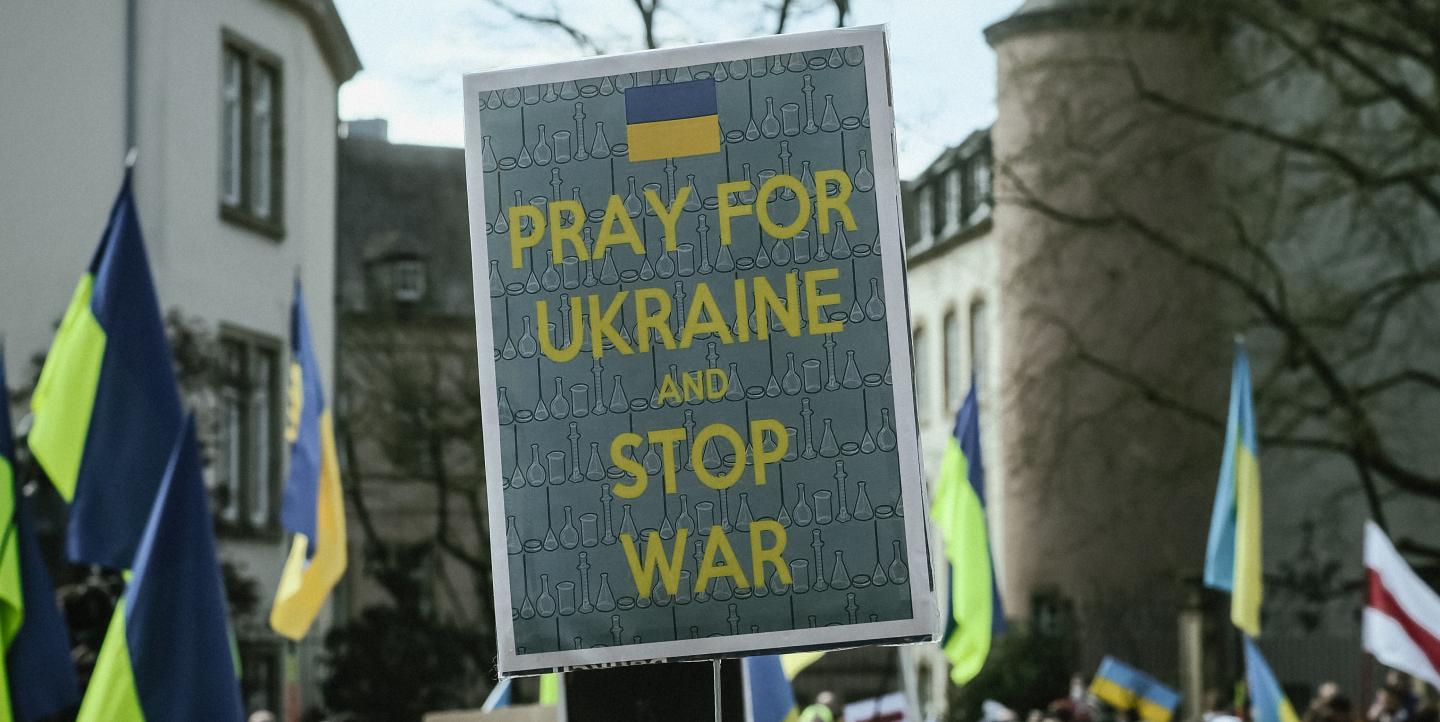“My son might be mobilized. I am panicking. What can I do?” “Can I cross the border in a car that isn’t registered in my name?” “Is it true I can’t be called into the army if I have a lot of tattoos?”
Those are some of the frantic questions that Helpdesk.media has fielded through its hotline. Over the past nine days, the Russian language news startup has received more than 20,000 queries, according to its founder. A team of about 50 people — who work remotely and from offices in Riga, Kyiv, and Tbilisi — answers them for an audience that is roughly 60% Russian, 40% Ukrainian.
“We are joint team of Russian and Ukrainian journalists — a unique situation in current circumstances,” points out founder Ilia Krasilshchik.
Ben Smith, co-founder of Semafor and former media columnist for The New York Times, described Helpdesk as “service journalism for people in a conflict zone” and dubbed the news startup “one of the most interesting media projects to grow out of the Ukraine conflict.”
In addition to operating the hotline, Helpdesk publishes stories about the war in Ukraine on Telegram and Instagram. The number of people turning to the independent news org for information is staggering. Krasilshchik said the Helpdesk Instagram account is reaching 2.5 million users per month, while its Telegram reaches 3 million per day. (Telegram is one of the few platforms where Russians can access independent news sources and has been the most downloaded app in Russia in recent months.)
Krasilshchik started what has become Helpdesk soon after the war in Ukraine broke out. (The English version of the outlet was previously called War.evidence.) Krasilshchik is the former publisher of Meduza, one of the leading independent Russian language news outlets and had taken a break from journalism to work for the Russian tech corporation Yandex.
“I understood that the only thing I can do now is to come back to the media,” Krasilshchik said.
But, Krasilshchik continued, he also wanted to help people directly.
“And this is an eternal conflict: you can’t combine journalism and activism,” he said. “Suddenly we came up with an idea: we can launch a 2-in-1 project. First part will be media on social platforms (and we have 15 years of experience in the best Russian media to do it well). And the second part will be the Helpdesk, launched by professional support specialists which I know from my Yandex years. The second part is pure activism. But in such a scheme these two parts help each other.”
Unsurprisingly, the most frequently received questions are about avoiding conscription in the Russian army. When Russian president Vladimir Putin announced the military mobilization, Helpdesk quickly published an online guide to avoiding the draft. (“Remember that you can hide in Russia, and war can be much more dangerous than criminal prosecution and prison.”) The guide was just as quickly blocked by the Russian government. Still, Helpdesk continues to answer questions individually and publishes regular updates on the feasibility of crossing into countries such as Finland, Norway, Georgia, Belarus, Mongolia, and others.
Last week, for example, the Helpdesk Telegram recommended avoiding the Ozinki checkpoint in Kazakhstan because travelers were waiting up to three days in the queue. The wait in Komsomolsky was shorter — only “about a day” — but readers were advised the road after the checkpoint is “very bad” and the wait is “very cold.”
For answer-seekers in psychological distress, the Helpdesk operators follow a playbook to provide support. If the operator is worried the person may be suicidal, they can offer professional psychological support through a partnering organization.
In addition to the social accounts it’s currently operating, Krasilshchik plans to launch an app within the next month that will support Helpdesk chats.
“There is no sense to launch a website: Russia will block it in days,” Krasilshchik said. “Internet in Russia is enough fast to chat, so there is no problem. The main goal is to make these conversations secure.”
He added, “That’s why we built our own password protected chat system. We don’t have any authentication, it is fully anonymous, you can delete your conversation anytime you want. And we automatically delete the whole conversation in seven days after we solve a case.”
For reasons that are not hard to guess, Helpdesk does not collect any identifying information about the people who submit questions. Krasilshchik doesn’t know the average age or gender or location of the people seeking help through Helpdesk — he just knows many are terrified.
The Helpdesk team sees its journalism — which has included first-person stories about being unwillingly drafted and graphic evidence of torture in Russian-occupied cities — as a funnel that allows more people to discover the Helpdesk hotline.
“Support gives us the ability to understand what is really happening with Russians and Ukrainians, which is really important because almost no Russian journalists are still in the country,” Krasilshchik said.
Fundraising has been difficult because Visa and Mastercard have suspended operations in Russia. The organization can receive money from the West, however, and has raised some funds through the Maryland-based VC firm North Base Media. It’s raised $1.6 million so far, and Krasilshchik expects its annual budget will run about $3 million.
“Right now we have enough funding for a couple months,” Krasilshchik said. “But after the mobilization started we needed to hire a lot of new people, so we urgently need to raise more money.”
This article was originally published by Nieman Lab and is reproduced here with permission.

